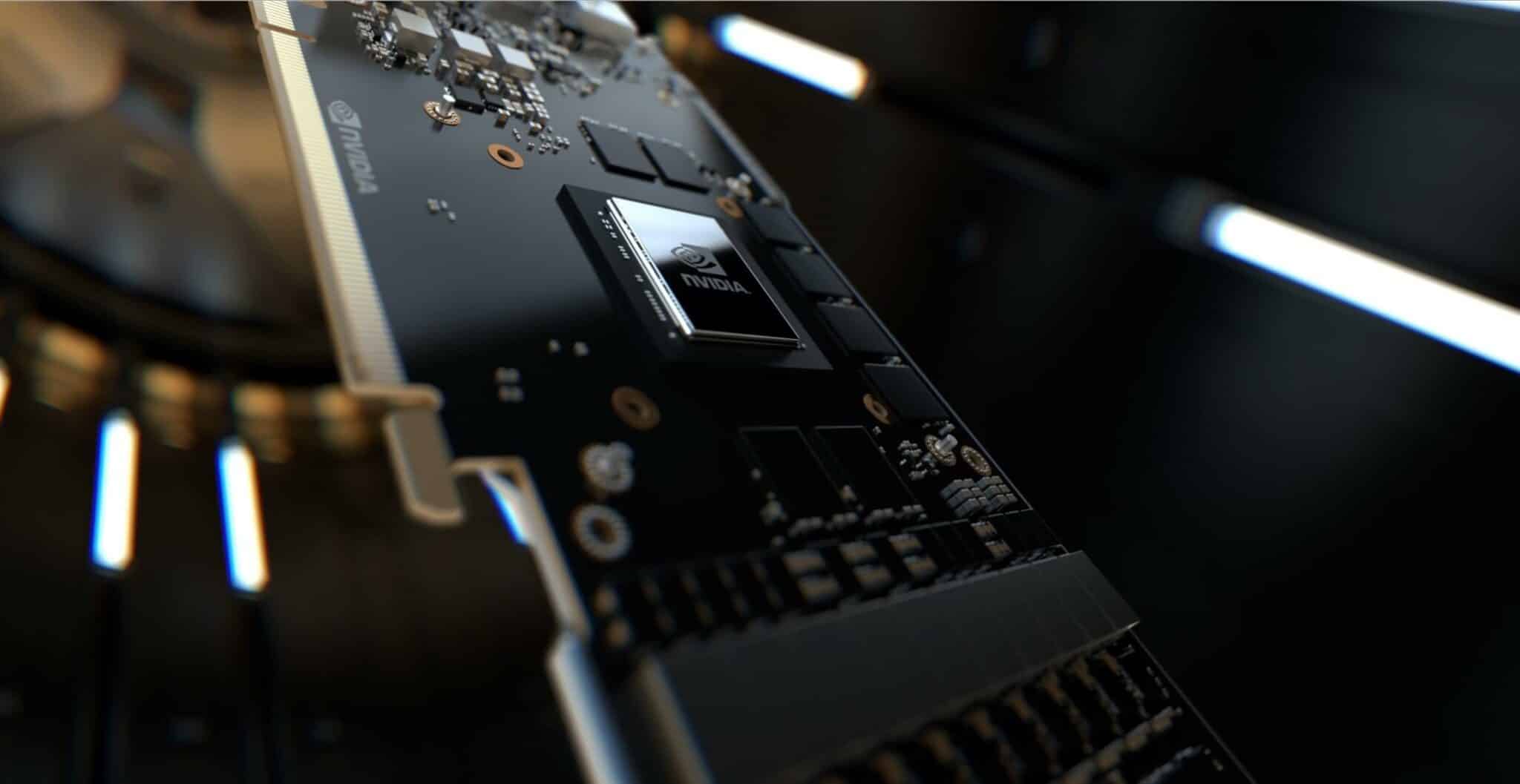NVIDIA’s next-gen RTX 40 series graphics cards are slated to launch in the third quarter of 2022. Based on the Ada Lovelace microarchitecture, the next-gen GeForce lineup is set to improve compute density and double down on ray-tracing performance. There will likely be some tweaks to the SM (Streaming Multiprocessor) as we’ve seen over the last several generations, and that’s about it. At least on a microarchitectural level.
According to Greymon55, the Lovelace-based RTX 4070, RTX 4080, RTX 4090, along with their brethren will essentially be a miniaturization of their RTX 30 series predecessors on TSMC’s N5 (5nm) node. NVIDIA also plans to increase the die size to nearly 1000mm^2, and stuff up to 18,000 FP32 ALUs or CUDA cores on the top-end AD102 die. Of course, ray-tracing performance will get special attention as more and more titles adopt the technology. You can expect either a doubling of RT cores or some sparse matrix-grade optimization to significantly enhance the RT capabilities.
| GPU | TU102 | GA102 | AD102 | GH202 |
|---|---|---|---|---|
| Arch | Turing | Ampere | Ada Lovelace | Hopper |
| Process | TSMC 12nm | Sam 8nm LPP | TSMC 5nm | 3nm? |
| GPC | 6 | 7 | 12 | ~20 |
| TPC | 36 | 42 | 72 | ~140 |
| SMs | 72 | 84 | 144 | ~300 |
| Shaders | 4,608 | 10,752 | 18,432 | ~36,000? |
| TFLOPs | 16.1 | 37.6 | 90 TFLOPs? | 150 TFLOPs+ |
| Memory | 11GB GDDR6 | 24GB GDDR6X | 24GB GDDR6X | 32GB GDDR7? |
| Bus Width | 384-bit | 384-bit | 384-bit | 512-bit |
| TGP | 250W | 350W | 500W+ | 600W+ |
| Launch | Sep 2018 | Sep 20 | Aug-Sep 2022 | 2024 |
Other than that, as already mentioned, the SM will almost certainly get a shakedown either in terms of ALU count and/or partitioning. Other than that, there’s not much else that should change. The Tensor cores should more or less stay unchanged, perhaps even getting a trim. This sheer focus on compute density and ray-tracing performance are what will likely push the power consumption of the RTX 4080/4090 over 500W despite leveraging TSMC’s cutting-edge 5nm node.






